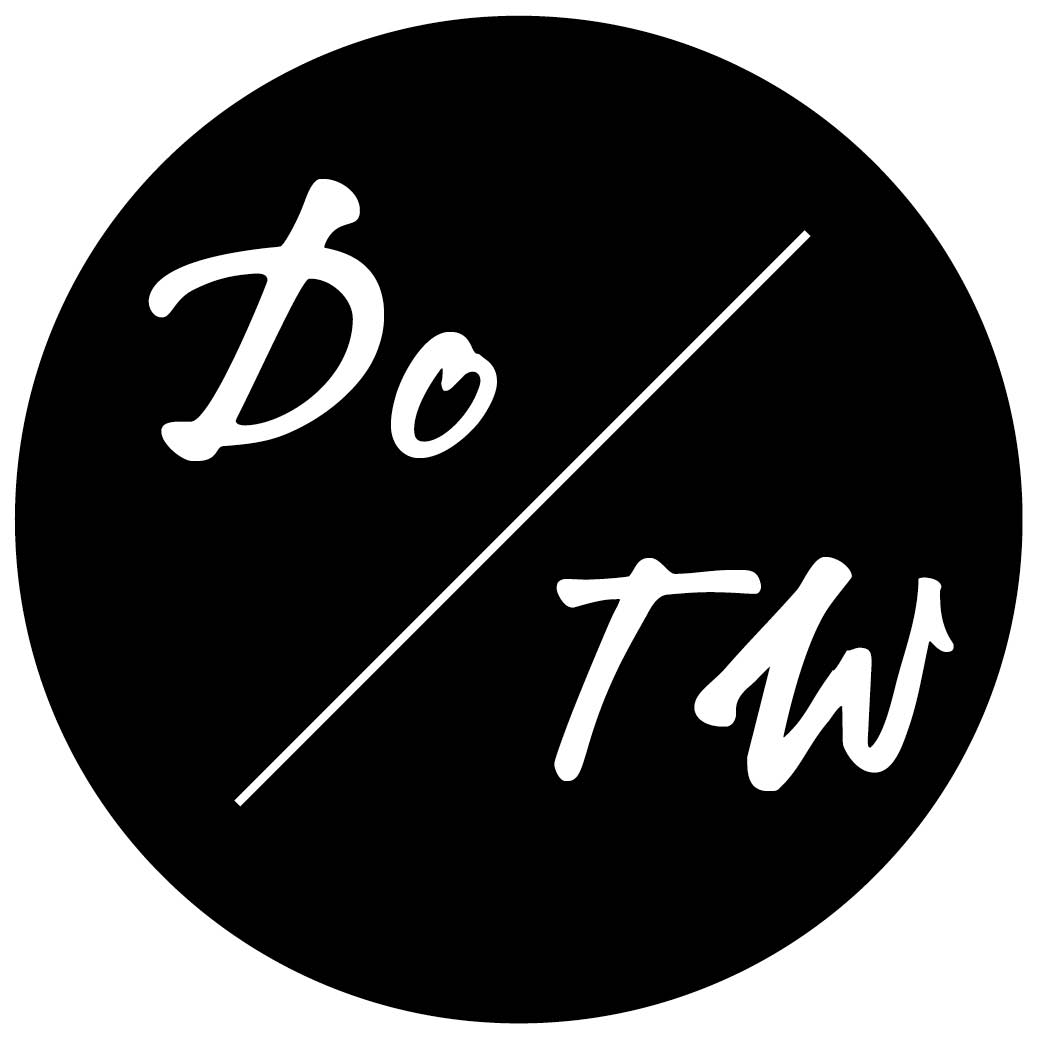How To Get Your First Travel Writing Clips

When people try to break in and get their first travel writing clips, they tend to go one of two ways. Either they immediately try to pitch newsstand travel magazines, or they think they can only break in with their own blog or online magazines and websites that pay pennies, if anything.
It’s Not “Go Big or Go Home”
Unfortunately, though I’m a huge fan of not limiting yourself to “break in markets,” if you aim too high, even if your pitches are great, you’ll be waiting a while to hear back and even longer to receive payment for your article.
A completely normal timeline for even a short, non-feature article in a newsstand magazine might look like this:
- Day 1: pitch a new-to-you editor
- Day 21: follow up with editor
- Day 22: editor says he/she already has a similar piece in the works
- Day 24: send editor a new pitch
- Day 30: editor gives you the go-ahead, a deadline four months out, and plans to include your article in an issue eight months away
- Month 5: you turn in the article and signed contract
- Month 6: your editor sends you edits
- Month 7: article has final sign-off, you send invoice
- Month 9: magazine comes out with your article
- Month 10: your check comes in the mail
It’s also perfectly normal for your article to get scheduled more than a year after you get the assignment, or to not hear back about a pitch that you sent until many months or years later. In the case of the relatively optimistic timeline above, though, you’ve got no clip and no money to show for your work until four or five months after it’s complete, and nine months after you started pursing it.
This is not a very encouraging way to start out your travel writing career.
On the other hand, when you aim low, you are going to find work, and (hopefully) even get paid quite quickly and easily. But your hourly rate will be so bad that you’ll want to go back to your old job. Think about it like this; to earn even $3,000 a month, you’d need to do:
- Client A: 22 500-word posts a month (one per day) @ $30 = $660
- Client B: 16 1200-word posts month (three per week) @ $75 = $1216
- Client C: 60 200-word posts per month (two per day) @ $15 = $900
- Client D: 4 2000-word posts per month (one per week) @ $100 = $400
This adds up to $3176 for writing 102 different things (imagine at your own personal speed how long that would take to work on and manage that many topics, forgetting about the word length). It’s also more than 40,000 words. That’s half of a novel you’re writing, editing, and proofreading there every month for a basically poverty-level salary. (I’m being a bit generous here in the rates actually, but you get the idea.)
The best way to get started and go on to have a stable business is a more middle-of-the-road approach.
You Can Have Your (Magazine) Cake and (Get Paid Enough to) Eat It Too
Apart from the many duds paying the rates mentioned above—or less—there are hundreds of travel websites out there that pay anywhere from $75 to $350 (and sometimes much more) for anywhere between 200 and 2,000 words of writing, even for new writers who don’t have an “in” with the editor or pre-existing travel writing clips.
Some of these websites, like Viator, Saveur.com, and CNN Travel, are connected to large companies or publications, but I doubt you’ve ever heard of many of the others—the thousands and thousands of editorial websites, company blogs, and travel guides that fly under the radar of most travel writers looking for work. But they all have websites that pay for travel writing and accept pitches from unknown writers.
One writer I know, for instance, has a recurring gig writing about adventure travel for the website of Men’s Journal. She does a set number of posts every month based on previous travels, internet research or phone interviews.
Men’s Journal’s website posts 12 brand new articles each day. These sections pay less than their print counterparts, but they are not paying $10 or $20. The lowest you’re looking at here is more like $50-75 for a very short, 200-to-300-word piece.
Saveur, an amazing food and travel magazine you should check out if you’re not already familiar, has a large web component, as does AFAR, now. But there are many, many smaller publications or travel companies that also pay for editorial content regularly, on time, and at decent rates.
With an online outlet (even of a print magazine), the timeline can look more like this:
- Day 1: pitch editor
- Day 7: follow-up with editor
- Day 7: get assignment, deadline one week away
- Day 14: file your story and invoice
- Day 18: your story goes live
- Day 30: your money comes via PayPal
While this timeline seems like a boon to your travel writing clips page and your bank account, it’s also a necessity of online content.
With people skimming, reading, sharing, and clicking so quickly through hundreds, if not thousands, of webpages a day, websites and online magazines need an astonishing amount of content to stay relevant and keep up with demand. Major travel blogs typically publish a minimum of one article each day, while magazines are often putting up 10 or 12 new pieces daily.
Because these editors are in need of so much content, they read their pitches more often and respond more quickly, and they are happy to give repeat work to people that are enjoyable to work with.
They also almost always have space for new writers, as it’s much easier for editors to try out a new writer online than in a print magazine.
Look back at the print article timeline above; can you imagine how an editor feels to be screwed by a writer that, after all those months, doesn’t turn in their piece or writes something off base or unusably bad? They can’t simply let it go because now they literally have a hole in a specific spot in their issue. Online, however, editors can typically slot in something else they have scheduled for a later date or get another regular writer to quickly get them something else to use in that spot.
Where (Exactly) To Get Your First Travel Writing Clips From
As a freelancer, your time is a premium. That’s what you are selling. Not your words, but your time, which is the limited commodity. So it pays (literally) to get your first clip from somewhere that you may go on to have an on-going relationship with. This means they need to have the budget and publication volume to give you regular assignments.
Don’t get your first clip from GONOMAD.com for $25. Or from an amazing indie magazine that get tons of pitches, publishes very little, and also pays very little (I love you, but I’m looking at you WorldHum.com, Wild Junket, and Roads and Kingdoms).
So many magazines have websites that have completely independent content now. Most major city magazines like 5280, Los Angeles, and New York Magazine will commission writers for web content. You can find websites that both command name-brand respect and dish out proper pay in several places. Mediabistro’s Avant Guide, available through an annual membership, has information on who to pitch and how to pitch them for a lot of top-tier publications, but it also includes web-only publications and major magazine’s websites that are easier and quicker to break into.
In our own Travel Magazine Database, we also mention when magazines have additional opportunities online, and I’ll get you a list of better-paying replacements for the usual low-paying recommendations for first clip markets soon!
